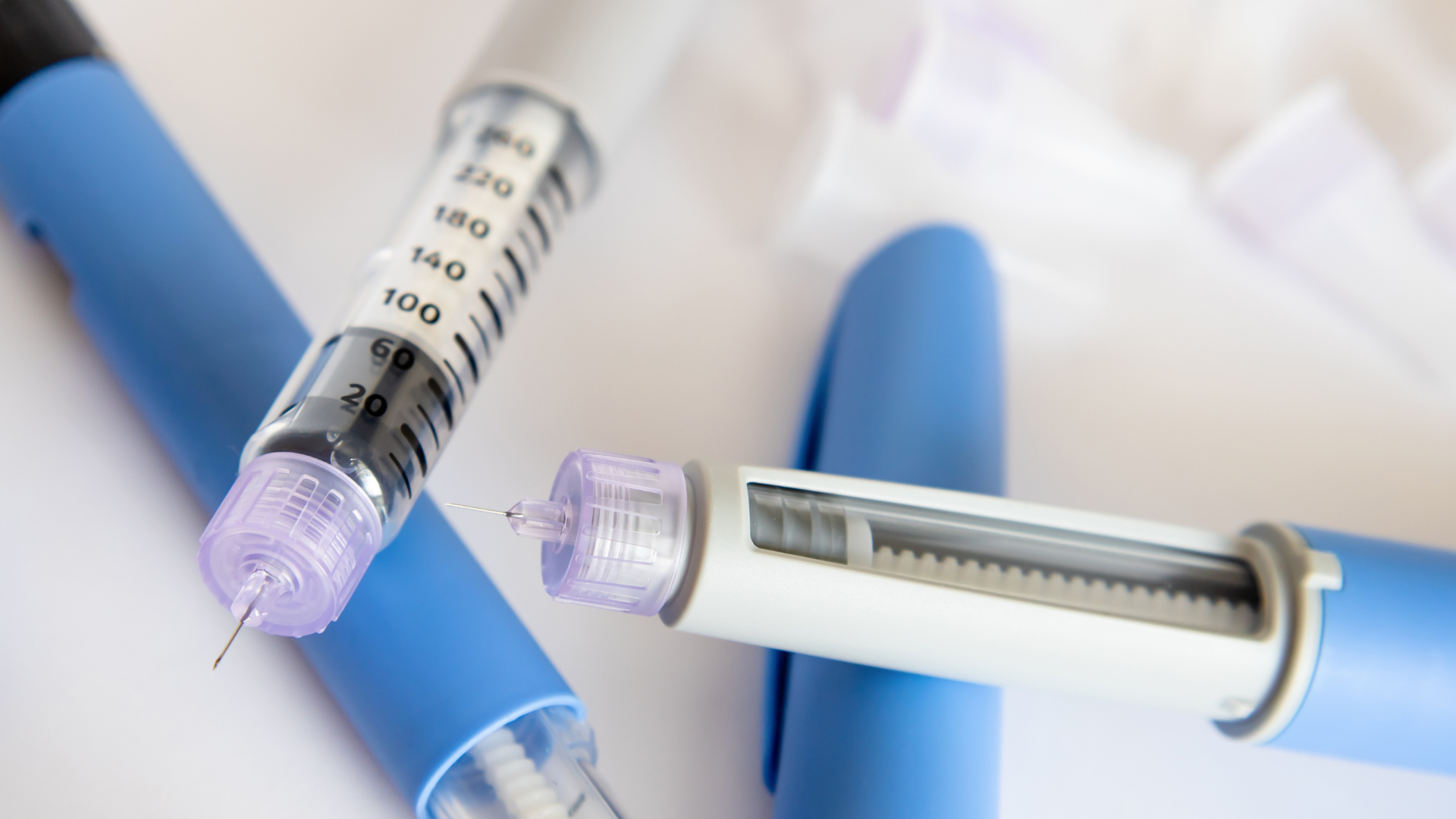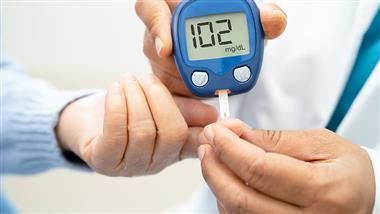Diabetes and High Potassium Levels
Diabetes and High Potassium Levels

People with diabetes are at a higher risk of having high potassium levels, or hyperkalemia. Unfortunately, most people do not realize they have this potentially life-threatening condition until they are in the emergency room. Find out how you can check your potassium levels and prevent complications.
People with diabetes regularly monitor their blood glucose levels and perhaps their time in range but often do not think about their potassium levels. Potassium is an essential mineral and electrolyte that your body needs to function properly. The body uses potassium to contract your muscles, help your nerves function, and maintain a normal heartbeat.
Why monitor potassium levels?
Potassium levels are important to monitor in people with diabetes because insulin helps move potassium from the blood into the cells throughout the body. If the body becomes resistant to insulin (the main characteristic of type 2 diabetes), then potassium may build up in the blood. This state of high potassium levels is called hyperkalemia.
Typically, the kidneys are able to get rid of extra potassium in the body through the urine. However, up to 40% of people with diabetes may develop chronic kidney disease (CKD), where your kidneys are not able to filter waste from the blood as efficiently. For people with diabetes and CKD, this inability to filter potassium results in a greater risk of developing hyperkalemia.
Elevated potassium levels can interfere with the normal rhythm of your heartbeat, leading to a condition known as arrhythmia (irregular heartbeat). Other symptoms of high potassium levels can include shortness of breath, diarrhea, nausea or vomiting, and chest pain. This can be life-threatening and often requires immediate medical care.
How to check if your potassium levels are in range
Potassium levels can be tested with a simple blood test during a visit to the clinic. This test, called a basic metabolic panel, is usually done during an annual physical exam. The next time you review your blood test results with your healthcare provider, look for the section with potassium and make sure it is above 3.5 mmol/L but below 5 mmol/L.
Anything above 5.5 mmol/L is classified as hyperkalemia. Severe hyperkalemia is when potassium levels are 6.5 mmol/L and above. This can lead to dangerous heart complications and requires immediate medical attention.
How to manage your potassium levels and prevent hyperkalemia
Most people are taken directly to the emergency room when severe hyperkalemia is detected. In these emergency situations, your healthcare team will try to stabilize your potassium levels with immediate treatment.
However, there are steps you can take to prevent hyperkalemia if your potassium levels are over 5.5 mmol/L:
- Eat a low-potassium diet - Foods high in potassium include bananas, vegetables such as potatoes and broccoli, and chicken breast. A common criticism of this approach is that it may be impractical to avoid all of these different foods.
- Ask your healthcare provider about medications to remove excess potassium - Examples include two types of medications: diuretics (such as Lasix) and potassium binders (such as Lokelma or Veltassa)
To learn more about chronic kidney disease, read:
Healthy Bites















